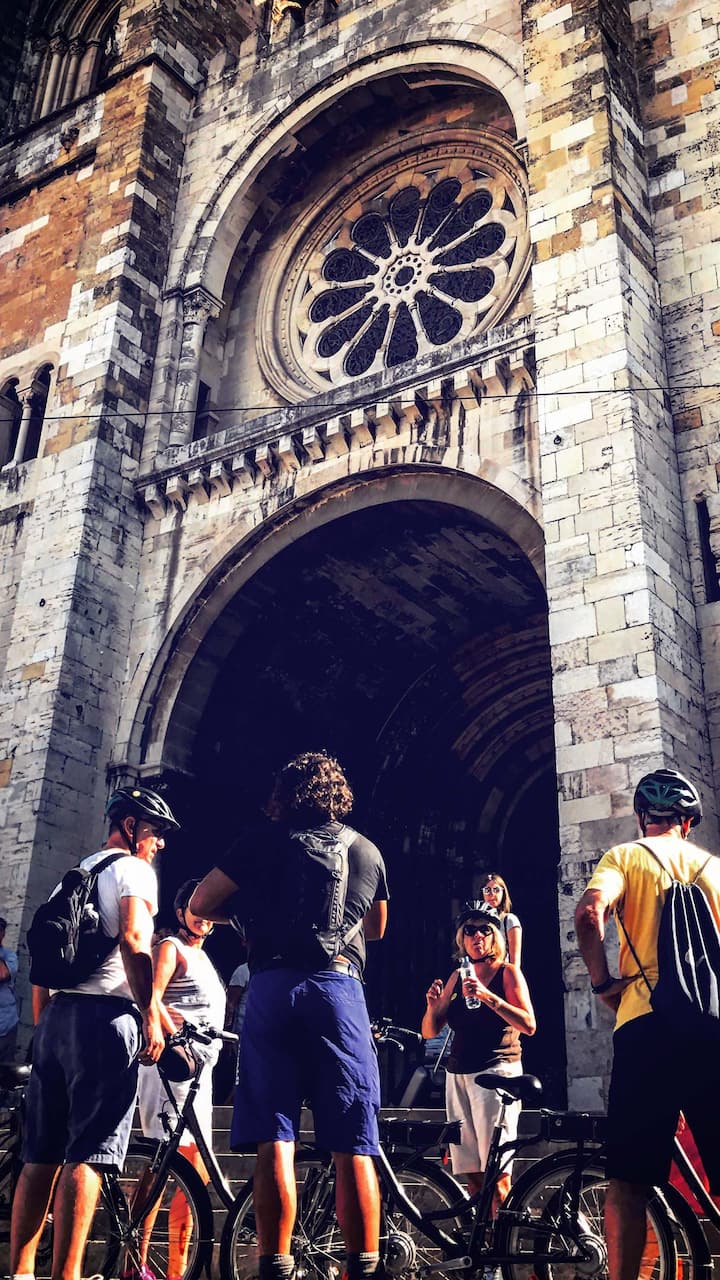Museum
Aqueduto das Áquas Livres
85 lokalinvånare rekommenderar,
Tips från lokalbefolkningen
We lived next to it for years. Lisbon’s aqueduct was built to supply the capital with fresh water from the hills north of the city. Construction was funded by special levies on meat, olive oil and wine. The structure started functioning seven years before the 1755 earthquake – and survived it well. The main span runs some 940 metres and comprises 35 ogival (pointed) arches, the largest rising 64 metres above the ground. From the top, you get stunning views of the city and Monsanto’s luscious trees. Public access and guided tours are the responsibility of Museu da Água.
We lived next to it for years. Lisbon’s aqueduct was built to supply the capital with fresh water from the hills north of the city. Construction was funded by special levies on meat, olive oil and wine. The structure started functioning seven years before the 1755 earthquake – and survived it well.…
Just after the 1755 the earthquake was built. You can visit and walk on it. Beautiful views.
Unika saker att göra i närheten
Lokalinvånare rekommenderar också
- 30 lokalinvånare rekommenderar







